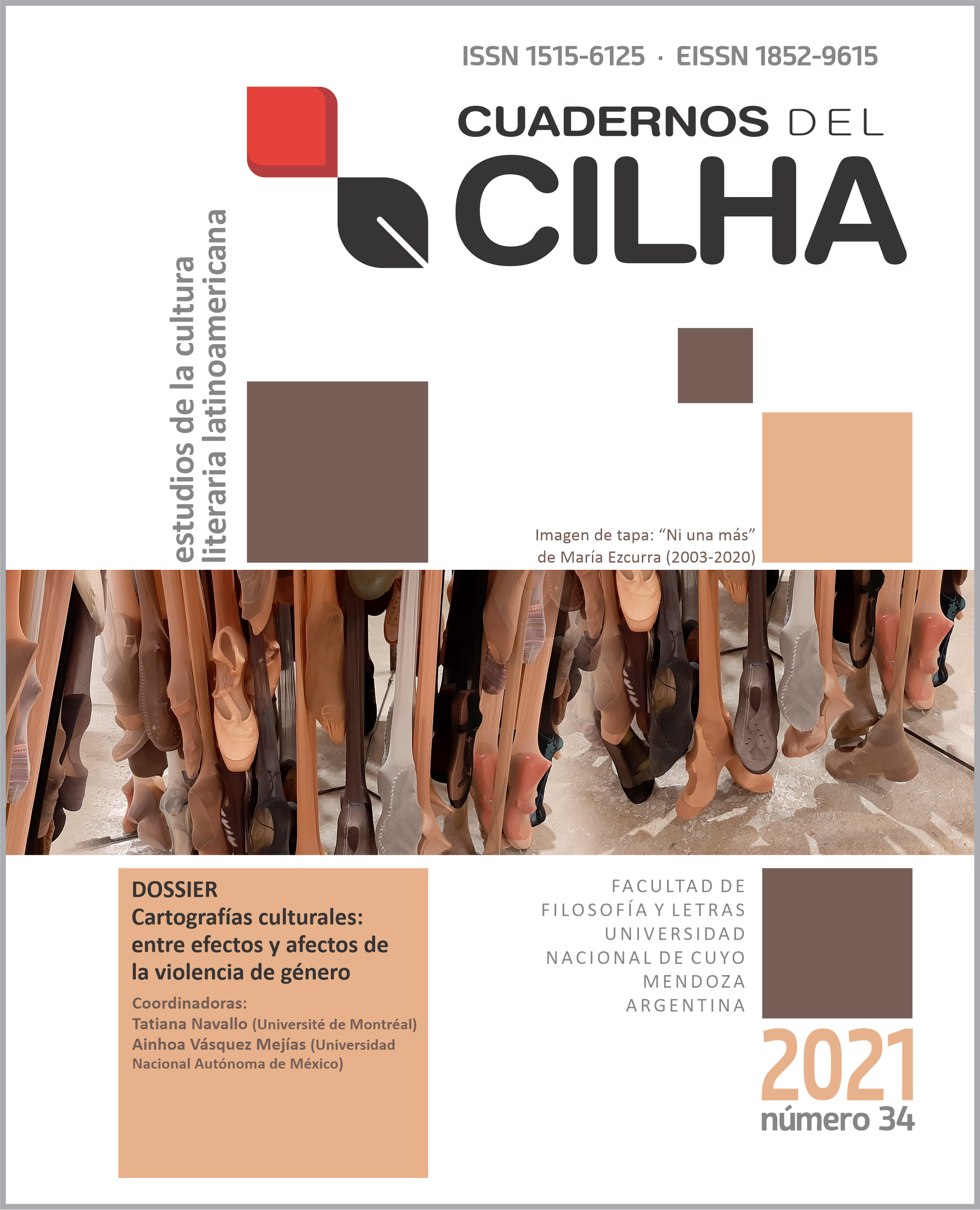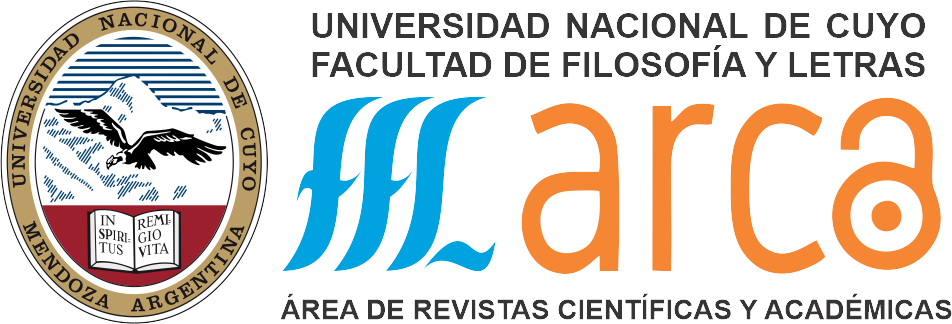"What youth thinks...". Initial and its conceptual intervention
DOI:
https://doi.org/10.48162/rev.34.004Keywords:
Inicial review, Conceptual change, New time, New sensibilityAbstract
We start from the recognition of the magazine Inicial as part and forceful expression of the cultural transformation that characterizes the twenties in Argentina. A change that can be considered from various perspectives, although all point to the radical novelty brought about by that invitation to think from a "new sensibility" and in a "new time". Within this framework, Inicial is read here paying special attention to the philosophical unfolding that from its pages allowed affirming that novelty. We go through the editorial notes and some of his articles, noticing how they affirm and intertwine the conceptual elements that allow to build the base on which the cut with the past can be affirmed. If at first sight a difference with other previous cultural expressions can be seen, what interests us here is to delve into the philosophical construction of that difference. In particular, we say, the novelty that is proclaimed can only be postulated and understood as such on the particular ground that implies a reconfiguration of temporality. And from there we also read some of its derivations or implications, so present in the imaginary of the time: the role of an intelligentsia, the close link established between what dies under the weight of this new time and some contemporary political ideas and expressions, the place that belongs to Latin America and its registration in the West and the demand that falls on the university and, with it, on the University Reform.
References
Bustelo, N. (2010). Hermanas abrazadas, filosofía y literatura en la reacción antipositivista. En A. Mailhe (comp.), Pensar al otro/pensar la nación. Intelectuales y cultura popular en Argentina y América Latina, vol. II. Al margen.
Dotti, J. (1992). La letra gótica. Recepción de Kant en la Argentina, desde el romanticismo hasta el treinta. Facultad de Filosofía y Letras, UBA.
Inicial. Revista de la nueva generación (2004). Universidad Nacional de Quilmes
Melgar Bao, R. (octubre-diciembre, 2015). Legado y espejo de la Reforma Universitaria latinoamericana en España (1919-1926), Pacarinas del sur, 6 (25), 6-25. http://www.pacarinadelsur.com/56-dossiers/dossier-17/1206-legado-y-espejo-de-la-reforma-universitaria-latinoamericana-en-espana-1919-1926
Peñafort, E. (1987). El pensamiento filosófico del Dr. Miguel Ángel Virasoro. Cuyo, 4, 33-69- https://bdigital.uncu.edu.ar/objetos_digitales/4266/04-vol-04-penafort.pdf
Pita, A. (2009). La Unión Latino Americana y el Boletín Renovación. El Colegio de México.
Pró, D. (1965). Periodización del pensamiento argentino. Cuyo, 1, 7-42. https://bdigital.uncu.edu.ar/app/navegador/?idobjeto=4138
Rodríguez, F. D. (2004). Estudio preliminar. En Inicial. Revista de la nueva generación (1923-1927) (págs. 1-45). Universidad Nacional de Quilmes.
Tarcus, H. (2020). Las revistas culturales latinoamericanas. Tren en movimiento.
Terán, O. (2008). Historia de las ideas argentinas. Siglo XXI.
Velarde Cañazares, M. (2013). La joven vanguardia filosófica argentina de la década del 20. Cuyo, 30, 61-87. https://bdigital.uncu.edu.ar/6539
Downloads
Published
Versions
- 24-06-2021 (2)
- 21-06-2021 (1)





















